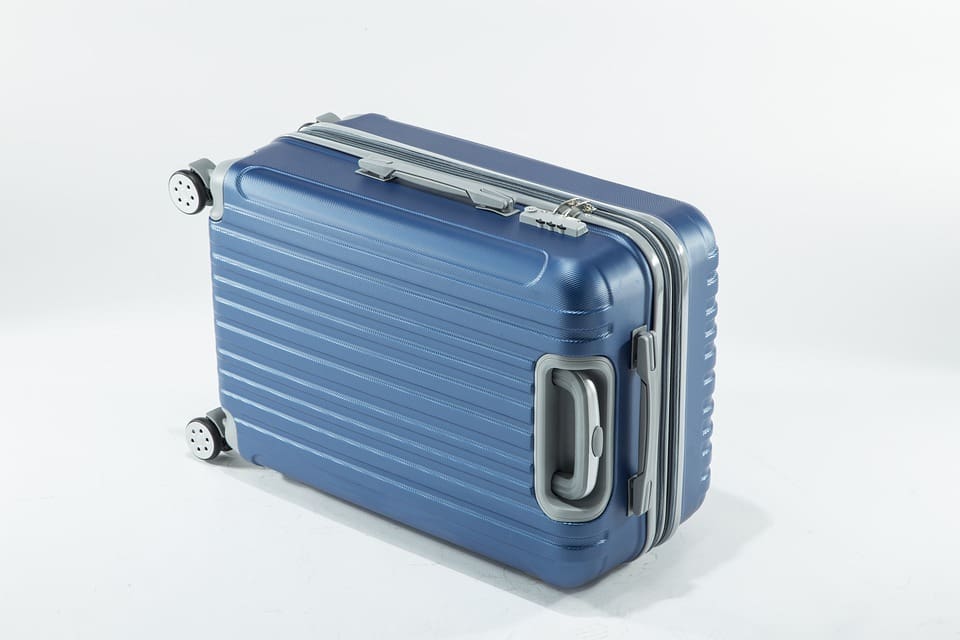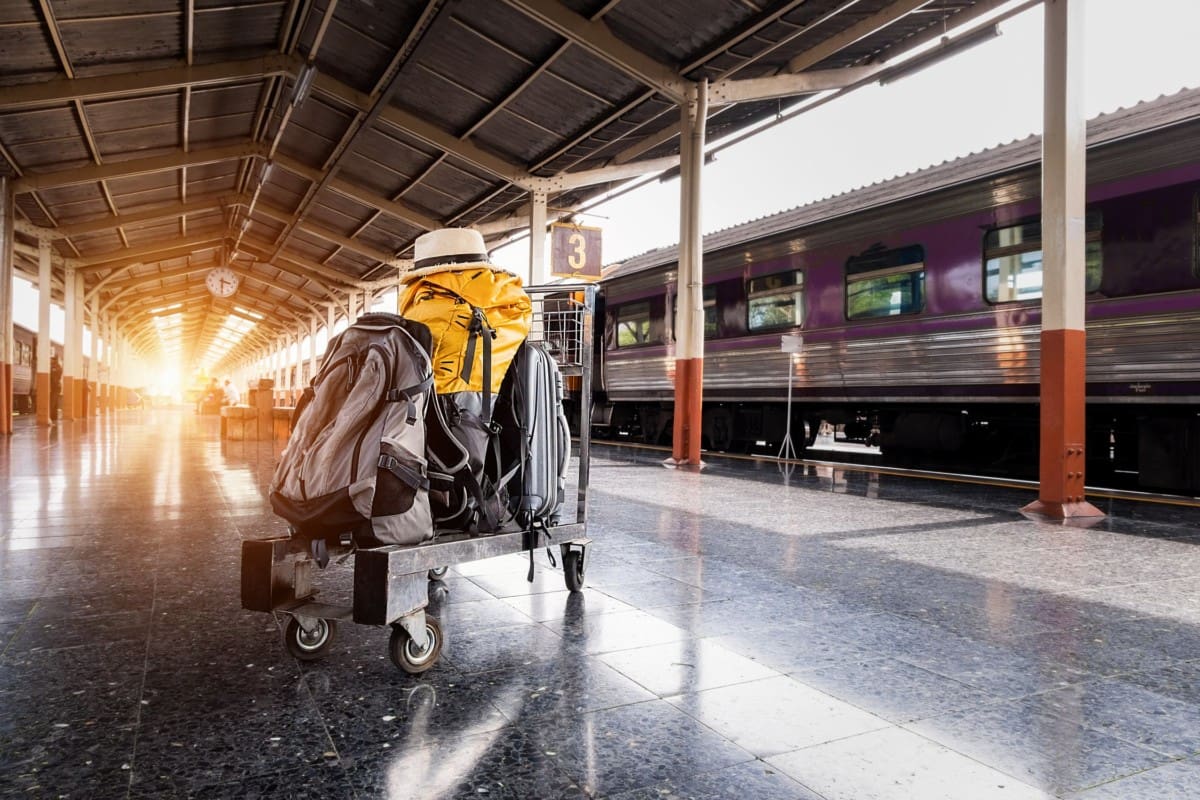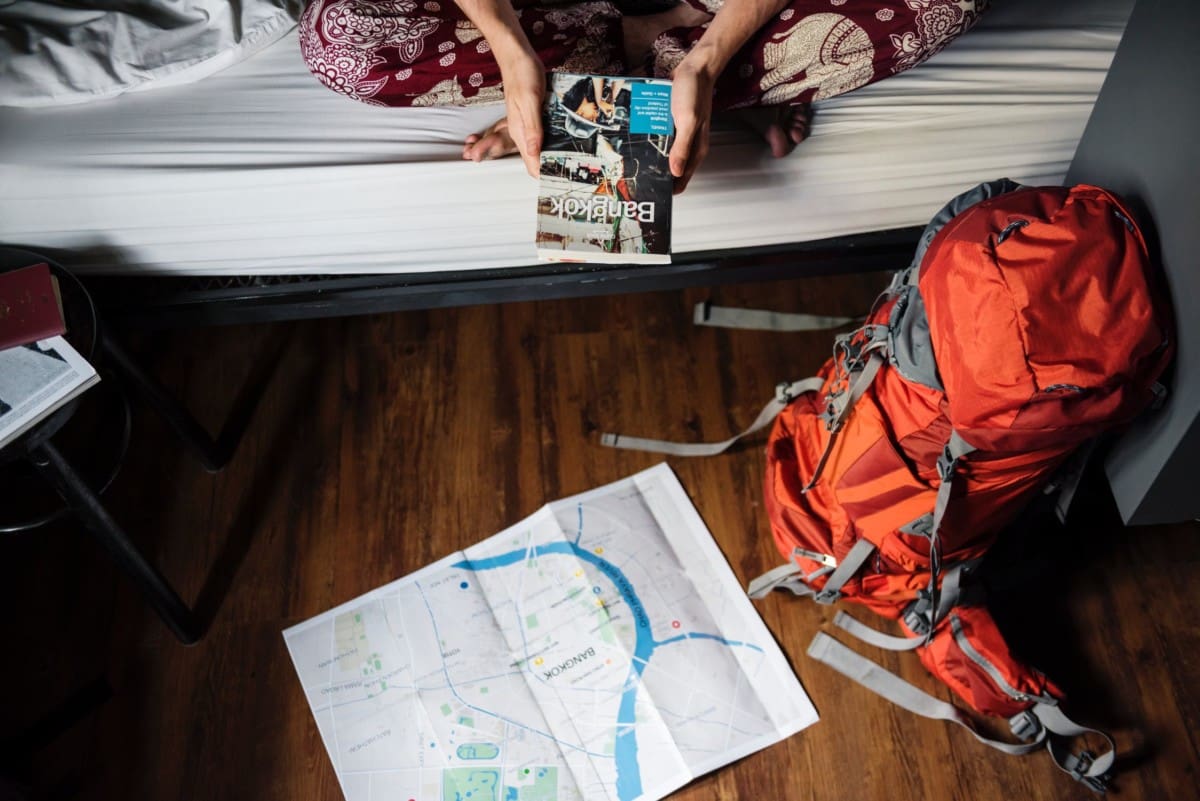
Choosing your first travel bag for your big trip can help ease some of the hassles you’ll experience while you’re traveling.
If you choose a bag that’s too big, heavy, or bulky, you may have difficulty maneuvering it in tight quarters on a bus or a train – even though you might end up getting a workout you didn’t expect. On the other hand, if your bag is too small, you may not be able to pack everything you need for your trip.
Having the best travel bag can mean the difference between a pleasant, comfortable journey and a tedious, hassle-filled trudge through unfamiliar landscapes. Ask yourself the following questions before choosing a travel bag to take on your next trip:
1. How will you be traveling?
Most people are accustomed to thinking about airline-imposed restrictions for luggage, such as weight limitations and size restrictions, but few people stop to think about what it will be like to maneuver luggage when using ground transportation to and from the airport.
Even though ground transportation doesn’t usually restrict the size or weight of your luggage, it’s still important to think about the realities of traveling with your luggage in these vehicles.
Read More: 7 Tips To Survive Holiday Travel

If you plan on using shuttles, buses, trains, or subways to get to and from the airport, be sure you can maneuver your luggage easily in small spaces.
It’s also a good idea to make sure you can lift your own luggage — especially if you don’t have someone traveling with you who has agreed to help you with your bags.
Often shuttles, buses, and trains require passengers to lift their luggage onto shelves or overhead compartments for storage during the ride, and few of these public transportation services have attendants available to help passengers with their luggage.
Unless you’re prepared to rely on the kindness of strangers, please check to make sure you can lift and otherwise maneuver your own travel bags on public transportation.
You’ll save your back from lifting something too heavy, and you’ll keep from inconveniencing the other passengers around you.

Planning a Trip to Europe?
We can help create your perfect itinerary!
- Worried you'll miss the hidden gems?
- How long should you stay in each place?
- Should you rent a car, train it, or both?
2. Where are you going?
If you’re traveling to a tropical resort for 10 days, you’ll probably need a different travel bag than the bag you would take for backpacking across Europe.
In the example of staying at a resort, you’ll be able to leave your bag in a hotel room for the duration of your stay, so there isn’t a worry about how you’ll transport your travel bag throughout your stay at the resort.
For backpacking across Europe, though, you’ll literally need to be able to carry everything on your back.

For some long trips, you may want to consider taking a large suitcase or travel bag with you for the majority of your clothes and other personal items, and you can also take along a smaller backpack or weekender bag for day trips or work-related meetings.
Having a smaller travel bag with you will allow you to prepare for shorter excursions without carrying around an unwieldy suitcase.
3. Do you need technical features for your bag?
Many travel bags now come with a wide array of technical features to assist you during your trip. If you find yourself needing to charge your laptop, tablet, or phone on a regular basis, you may want to consider buying a travel bag with charging capabilities and USB ports.
These bags often hold enough charge that you’ll never need to search for an outlet at the airport again.
If you’ll be traveling with your laptop, consider getting a checkpoint-friendly laptop bag, so you can pass through airport security efficiently and without hassle.
Some travel bags even include GPS trackers to help you find your bag if it has been lost, or to help you track your bag at the baggage claim.
![]()
Even if you don’t think you’ll need smart features for your bag, you may find other technical features desirable. For example, travel backpacks with ergonomic straps and water-sealed linings are helpful for moving around and hiking in wet conditions.
Similarly, rip-stop materials can endure harsh conditions more easily than a travel bag made with more traditional materials.
Regardless of the reason for your trip, there are a number of travel bags with features to meet your unique travel needs.
Remember, in addition to selecting the best travel bag based on what you need to take with you on your trip, also consider where you need to take your bag with you once you arrive at your destination. Happy traveling!
The Ultimate Pre-Travel Checklist
Download ‘10 Crucial Things To Do Before Traveling Abroad’ to avoid mistakes and ensure a smooth trip; adapters and electronics, packing tips, foreign currency, phone plans, and more!











